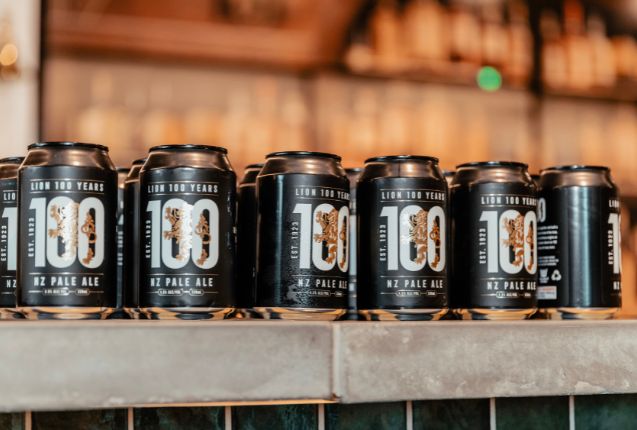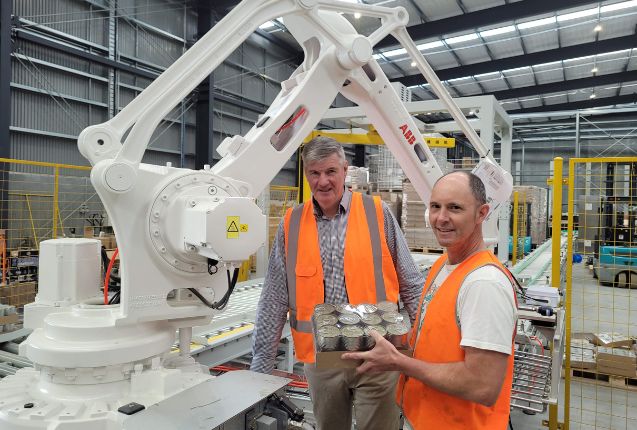More than a year after the COVID-19 pandemic first hit New Zealand shores, new research has revealed that local consumers are continuing to make a concentrated effort to shop at and support local businesses, with nearly a quarter (24%) claiming they now visit local shops more than they did before the pandemic.
• Almost nine-in-ten consumers said they buy local fresh fruit and vegetables (89%)
• Three quarters (75%) said they buy baked or locally sourced/produced goods (i.e. bread, meat, fish, sauces)
• Nearly half (48%) buy their homewares from local stores.
The new insights come from MYOB’s latest Consumer Snapshot, which looked into consumer shopping habits and spending following the nation’s experience with COVID-19. The Snapshot – a survey of more than 500 consumers – also found that in a given week, more than three quarters (77%) of consumers make most of their purchases at local stores, while 22% do most of their shopping at both local and international stores.
The trend of shopping local has increased significantly since the outbreak of COVID-19, with MYOB’s 2019 Consumer Snapshot finding only 54% of consumers always or often shopped local.

MYOB Senior Sales Manager SME – Krissy Sadler-Bridge, says it’s heartening to see so many local consumers continuing to back local businesses, particularly as business confidence remains unsteady.
“As minimal international tourism and border restrictions continue to impact trading for some of our SMEs, it’s up to local consumers to back local businesses and it’s great to see Kiwis are stepping up to the plate,” says Krissy.
“Shopping local not only helps drive continued employment in Kiwi-owned and operated businesses – it also supports a whole business community ecosystem, from local suppliers and manufacturers, to courier drivers, accountants and tradespeople and this all plays an important role in helping our economy thrive.”
Of those polled who said they prefer to shop mostly local, 67% said they do so to support local business owners and operators, while a similar amount (66%) cited convenience as a driving factor, and 43% said they trust the products local stores sell.
Local spending increasing
On top of increasing numbers of consumers shopping local, the research also highlighted that a proportion of these customers are spending more on their purchases. MYOB’s Consumer Snapshot showed that more than a quarter (28%) of those shopping local, have increased their spending at local businesses.
“While an increase in the number of consumers shopping local is encouraging, seeing that a number are saying that they’re spending more at these local businesses in comparison to pre-COVID times is even more of a boost,” says Krissy. “Now, it’s up to our SMEs to make sure they’re thinking about how to increase or diversify their appeal when it comes to targeting those looking to spend more of their hard-earned cash in their community.”
Attracting new consumers
Insights from the research highlighted a range of factors that would further encourage consumers to buy from or support a local business:
• 46% said offering loyalty/member rewards would further encourage them
• 31% said the same of vouchers issued by the Government specifically to encourage spending at local businesses
• 29% said they would be more encouraged if they knew more about their supply chain.
Krissy explains that it’s important for SME operators to understand what’s driving demand, in order to convert the current buy-local trend into a long-term habit for local consumers.
“With so many stores and product-options available, it’s essential that SMEs consider what will prompt or encourage consumers to buy from them. A lot of consumers want to know that they are getting the best deal – and one that they can’t get elsewhere, which is why exclusive member deals could really make a difference,” she says.
“Transparency around supply chains and providing products that are eco-friendly or sustainable, has also become important for consumers who are interested or concerned about product origins, as well as climate change and its impacts.
“Making sure consumers clearly understand where the products come from and how they are made, or likewise heroing anything that makes a business’s offering or service uniquely Kiwi, can be extremely valuable. Ensuring their story is clearly told online, through social media, or in a unique format in-store, will also help local businesses to make sure any points of difference become common knowledge.”
Spending plans for 2021
Thinking about spending intentions for the remainder of the year ahead more generally, more than one-in-five (21%) consumers polled said they expect to spend ‘a bit more’ in 2021 than they did in 2020, while 42% of consumers plan on spending ‘about the same’ amount of money, and 17% said they expect to spend ‘a bit less’.
“While consumer spending plans tend to remain relatively stable overall, their ongoing efforts to support local businesses and consideration around extending this support further, really captures the Kiwi community spirit that shines through in difficult times,” says Krissy.
“With more than half (53%) recognising they could better support small businesses by purchasing their products more regularly and 39% of consumers saying the same about visiting local stores more often, it appears that the appreciation and importance of having a unique and vibrant local business sector has really set in for some time to come.”
About the MYOB Consumer Snapshot
Dynata surveyed 506 New Zealanders between the 1 – 13 April 2021. Respondents were invited to complete the online survey which was sampled to achieve a nationally representative sample from across New Zealand. The final make-up of the sample was in line with nationally representative statistics by age, gender, and region.



